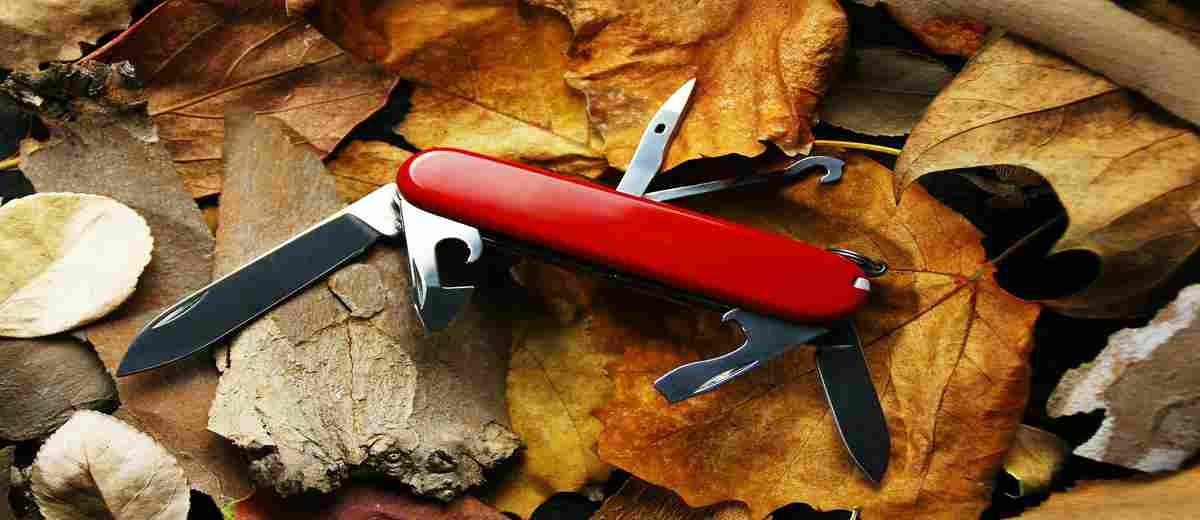Disability Survival: Be Your Own MacGyver
If you want to achieve independence as someone with a disability, you need to learn to be your own MacGyver
You need to learn to improvise and adapt to solve whatever problem is at hand and, most importantly, you need to not overthink it. To demonstrate the point, let’s use a simple example:
Doing the Laundry
Thrilling, I know. Let’s break this problem down into steps (for simplicity’s sake, I’m going to assume you own a washer/dryer):
- Get the (possibly overflowing) laundry hamper to the washer.
- Load the laundry into the washer.
- When clean, remove the clothes from the washer and place them in the dryer.
- Remove clothes from the dryer
You’ve probably already noticed a few issues with these steps. For starters, laundry hampers are usually quite tall and hard to maneuver while pushing a manual wheelchair. Also, when full of clothes, they can be really quite heavy. How do we solve this problem? By redefining it. This brings us to our first MacGyver (CripGyver? McCryper?) tip:
Focus on the Goal, Not the Approach
Step one is listed as:
quote: Get the (possibly overflowing) laundry hamper to the washer. end quote
When in reality it should be:
quote: Get the clothes into the washer end quote
Who the fuck cares how the clothes get into the washer. Hamper too heavy? Push it along the floor. Too awkward to move at all? Carry small loads of laundry on your lap from the hamper to the wash. Again, it doesn’t matter how the clothes get to the washer. It only matters that they get to the washer.
Now that we’ve got the clothes into the wash and we’ve run a cycle, it’s time to get them out of the washer and into the dryer. As you attempt to reach into the wash, you notice that it’s super deep and there’s no easy way for you to reach the clothes from your chair.
Improvise the Tools You Need to Make Up for the Limbs You Don’t Have
Get yourself a grabber tool. It’ll let you reach into that washer fairly easy and help you load in into the dryer (especially if you have a stacking unit). Basically, don’t be afraid to use whatever you happen to have on hand in order to accomplish your goal. The point isn’t to do it “the right way.” The point is to get the correct result.
Take the Time to Figure it Out
When faced with a new task, take the time to figure out what your options are. Look around for anything that might help you get the job done. If you need to raise up your body or lift yourself, do a quick check on the stability of any potential hand holds before committing. And above all:
Be as Safe as You Possibly Can
Getting hurt will only make it harder for you to help yourself. There’s always risks involved when trying to accomplish something difficult on your own, but that doesn’t mean you shouldn’t do everything you can to mitigate those risks.
Pay attention to what’s around you. Test all hand holds and improvised grab bars before putting your own wait against them.
Never use a stacked washer or dryer as a hand hold or brace. That’s a great way to die in an awkward way.
If you start to lose your balance or stumble, let go of whatever you’re holding on to. It's better to hit the ground immediately than struggle, fall, and have something heavy or dangerous fall on top of you.
Plan where your are going to stand (if at all) and plan how and where you are going to fall. Make a note of what you would hit on the way down and move as much of it out of the way as possible.
And above all, take your time. A hurried mind makes mistakes. Be thoughtful about your body and how it occupies a given space during a given task.
